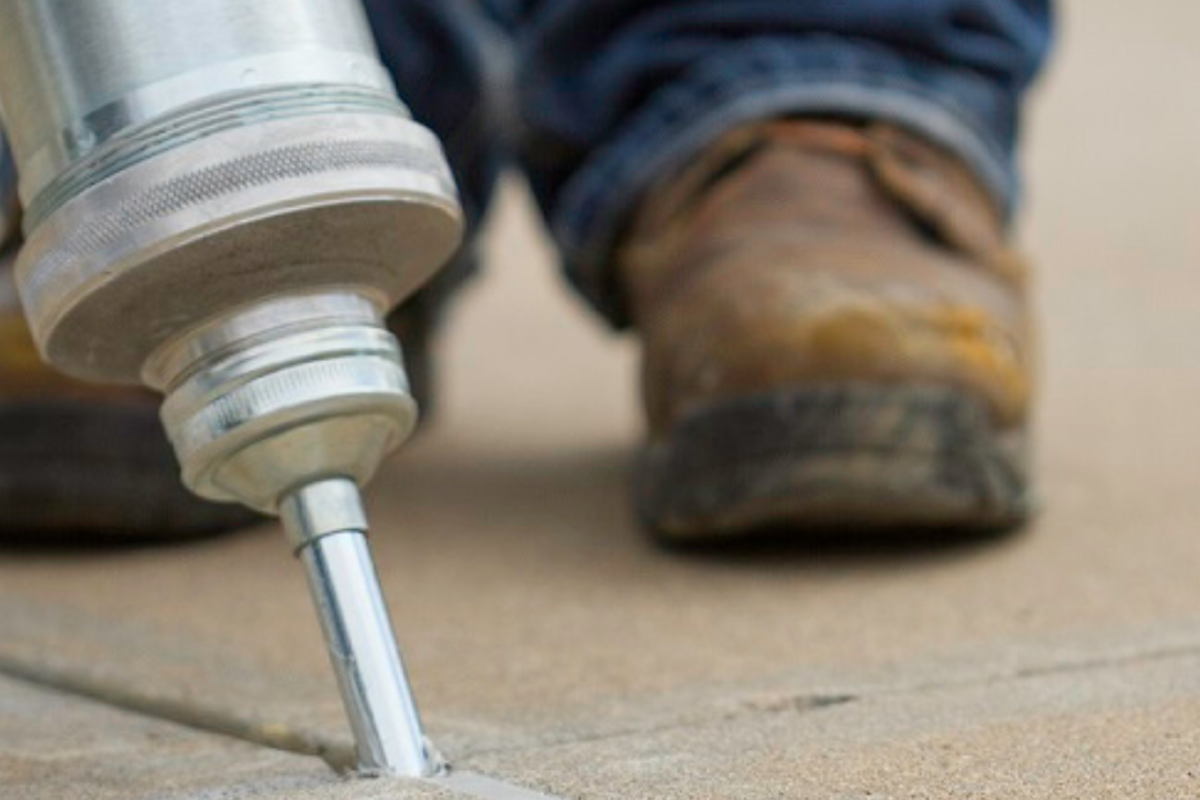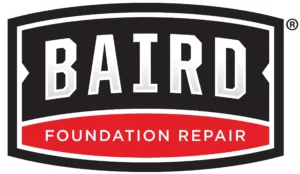
The Importance of Protecting Your Driveway’s Cracks and Joints
We can admit that this isn’t the most exciting headline in the world, so if you’ve gotten this far, we can probably guess that you are at least a bit curious about how and why to seal the various cracks and joints in your driveway. And you came to just the right place!
What’s a Crack? What’s a Joint?
Before we start, we first need to address the questions above because your driveway definitely has at least one of these, if not both. First, let’s talk about the cracks that are supposed to be there: control and expansion joints.
Control joints are crevices that are deliberately placed into concrete slabs to “control” their inevitable cracking. It may sound strange, but it’s necessary because as concrete cures, it shrinks and cracks. So rather than have cracks appear randomly, which look shabby and jagged, control joints allow the concrete to crack in a straight, orderly manner. For a driveway, this is most often done by using a trowel to make shallow grooves in the new concrete while it is still wet. When the concrete eventually begins to crack, its cracks follow a predetermined pattern created by these lines, leaving your driveway slabs looking neater and more uniform.
Expansion joints are wider joints that connect the driveway to the garage at its top and to the street at its bottom. As their name suggests, these joints exist to facilitate the natural expansion of your driveway’s slabs during hotter months as the street in front of your home expands and pushes onto them. However, they are often filled by contractors who use inferior materials that don’t offer much “give” for concrete expansion.
Cracks are just that — random breaks in the concrete that have occurred over time due to uneven slab settlement or other stresses. But like control joints, they open a pathway for water to seep beneath the slab, which can cause the soil underneath to soften and wash away over time. This can, in turn, cause the heavy concrete slabs to sink.
Stopping Water from Getting Under Your Driveway Cracks
Preventing moisture from seeping under your concrete is the primary reason to seal your driveway’s control joints. As mentioned above, when water seeps beneath your concrete slabs, it can cause the soil beneath it to soften and compress. In some cases, it can even wash away soil, leaving empty spaces or “voids” underneath. When the soil compresses or these voids appear, it allows the heavy concrete above to sink. And this often happens unevenly, with one part of the slab sinking faster than another. This uneven sinking adds stress and leads to uncontrolled cracking, resulting in a driveway that’s uneven and unattractive. Not only does this lower your home’s curb appeal and potentially its value, but it can also present a tripping hazard that can be a liability for the homeowner.
Preventing Driveway Cracks Caused by Street Expansion
In addition to the problem of water seeping beneath your home’s concrete, there is another phenomenon known as “street creep” that can put pressure on your home’s foundation and create severe problems down the road.
As you may know, as certain materials heat and cool, they expand and contract. Concrete is not immune to this, so it’s easy to imagine this scenario: As the concrete slabs in the street in front of your home cool with the winter months, they contract. This contraction causes the joints between them to expand. The joints then become filled with grit, sand, pebbles and other incompressible materials.
Fast forward to the hot summer months. The warm weather now causes those street slabs to expand — only they can’t expand back into the joints because those are now full of grit, sand, etc. Without the empty joints to allow for expansion, the entire street expands outward, slowly pushing up onto your driveway and into your home’s foundation. That’s why this phenomenon is called “street creep” because the street is literally creeping onto your property…Scary stuff indeed!
Simple Solutions for Driveway Cracks
Fortunately, there are solutions to all these issues. Sealing your driveway’s control joints and cracks with a flexible and durable material like NexusPro® prevents water from seeping beneath the slabs and affecting the soil beneath your concrete. This sealant also prevents pebbles, grit, etc. from infiltrating the joints, so the joints can perform their job as intended.
You may be tempted to try caulking your driveway cracks yourself. After all, it seems as if it should be a pretty simple job. But it is worth mentioning that silicone-based sealants like, NexusPro, are far superior to cheaper polyurethane-based caulks because they won’t dry and crack over time with UV exposure. And in Southern Texas, we definitely experience a lot of UV exposure throughout the year. This quality makes the silicone-based sealants less expensive over time.
“Street creep” can be addressed by filling the expansion joints at the top and bottom of your driveway with a thermo-rubber solution called CompressionGuard. Our thermo-rubber solution exhibits much more elasticity than traditional expansion joint materials, allowing it to absorb the expansion of the street in front of your home and keep doing so for many years.
If you’re concerned about driveway slab settlement or street creep, talk to your local NexusPro and CompressionGuard dealer, Baird Foundation Repair, for a free, no-obligation inspection. We can provide a simple, inexpensive solution that’ll keep your home’s concrete looking good (and its foundation safe) for many years to come. Plus, unlike DIY store solutions, NexusPro comes with a warranty to give you the peace of mind that you deserve.
austin , concrete repair , corpus christi , cracked driveway , cypress , driveway repair , expansive soils , home improvement , houston , san antonio , soil conditions
